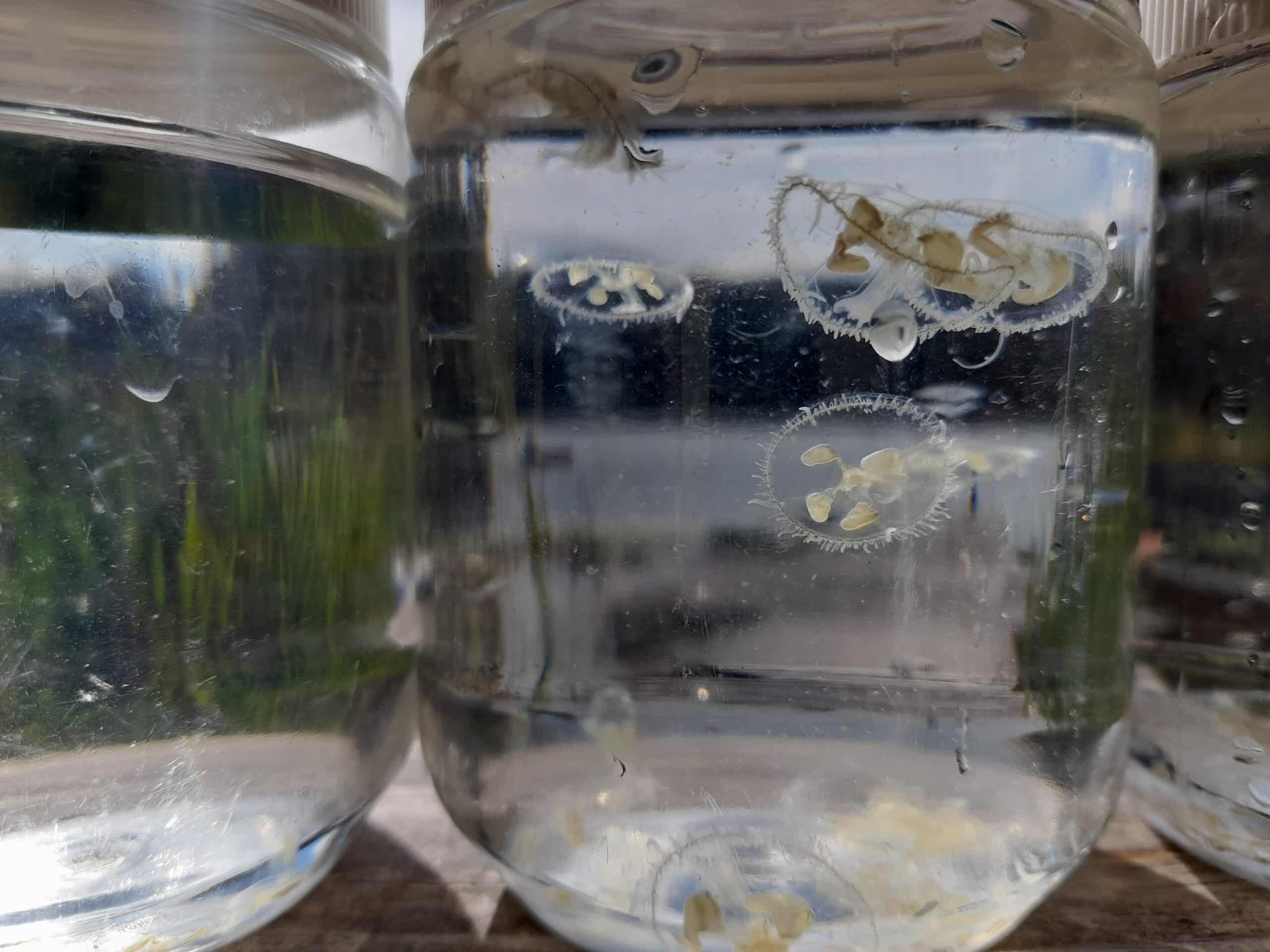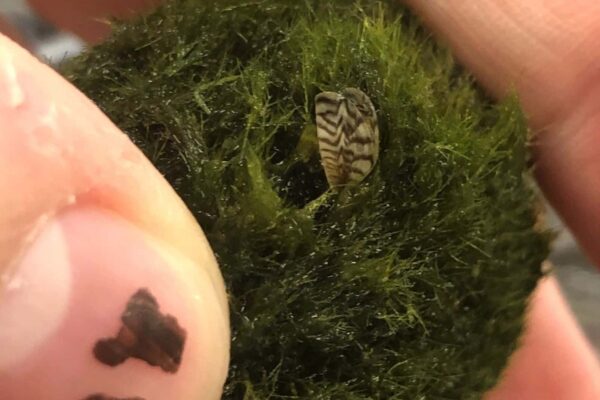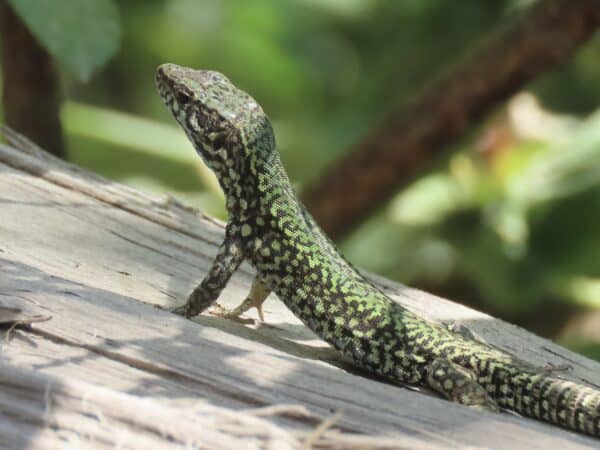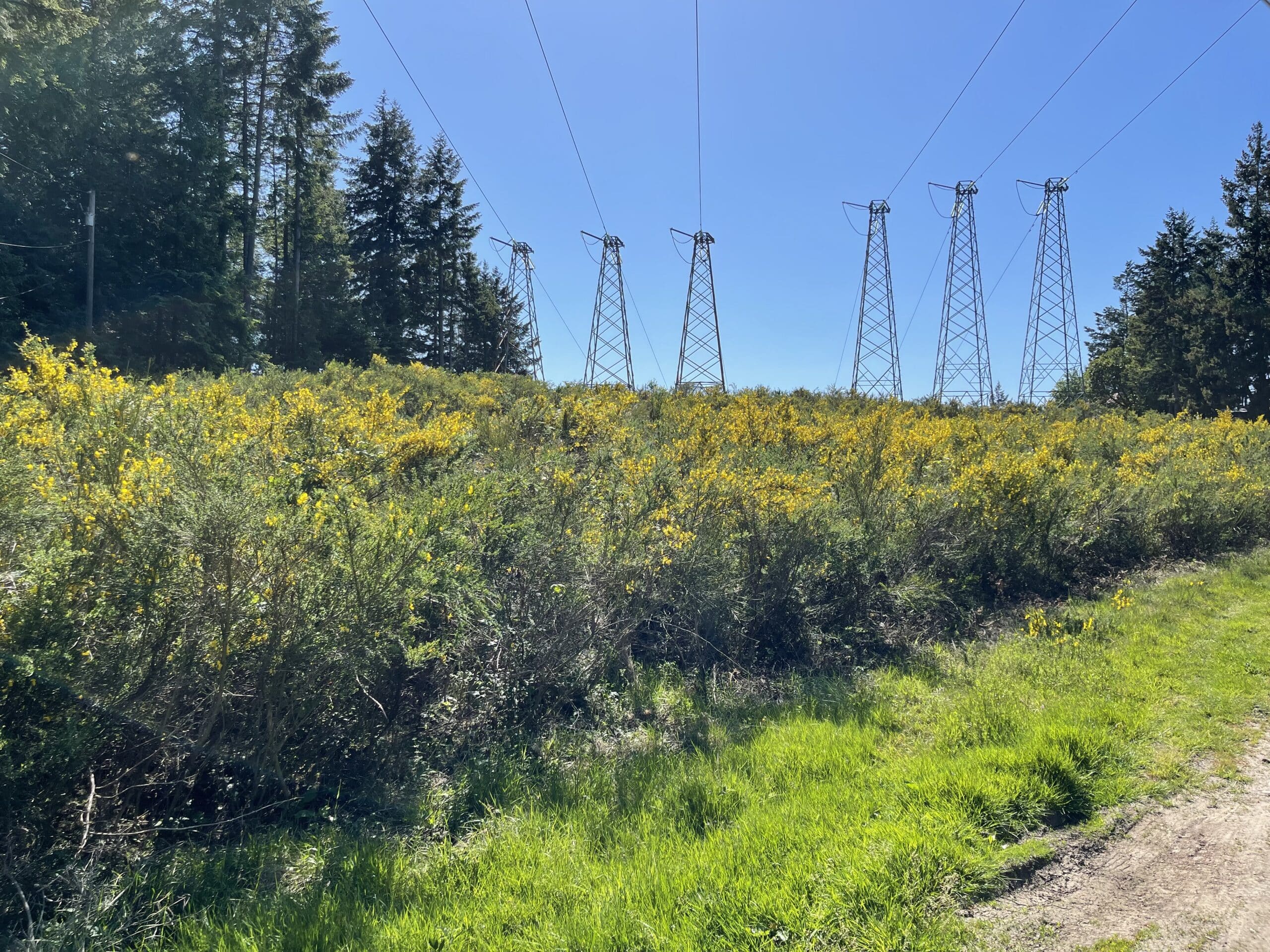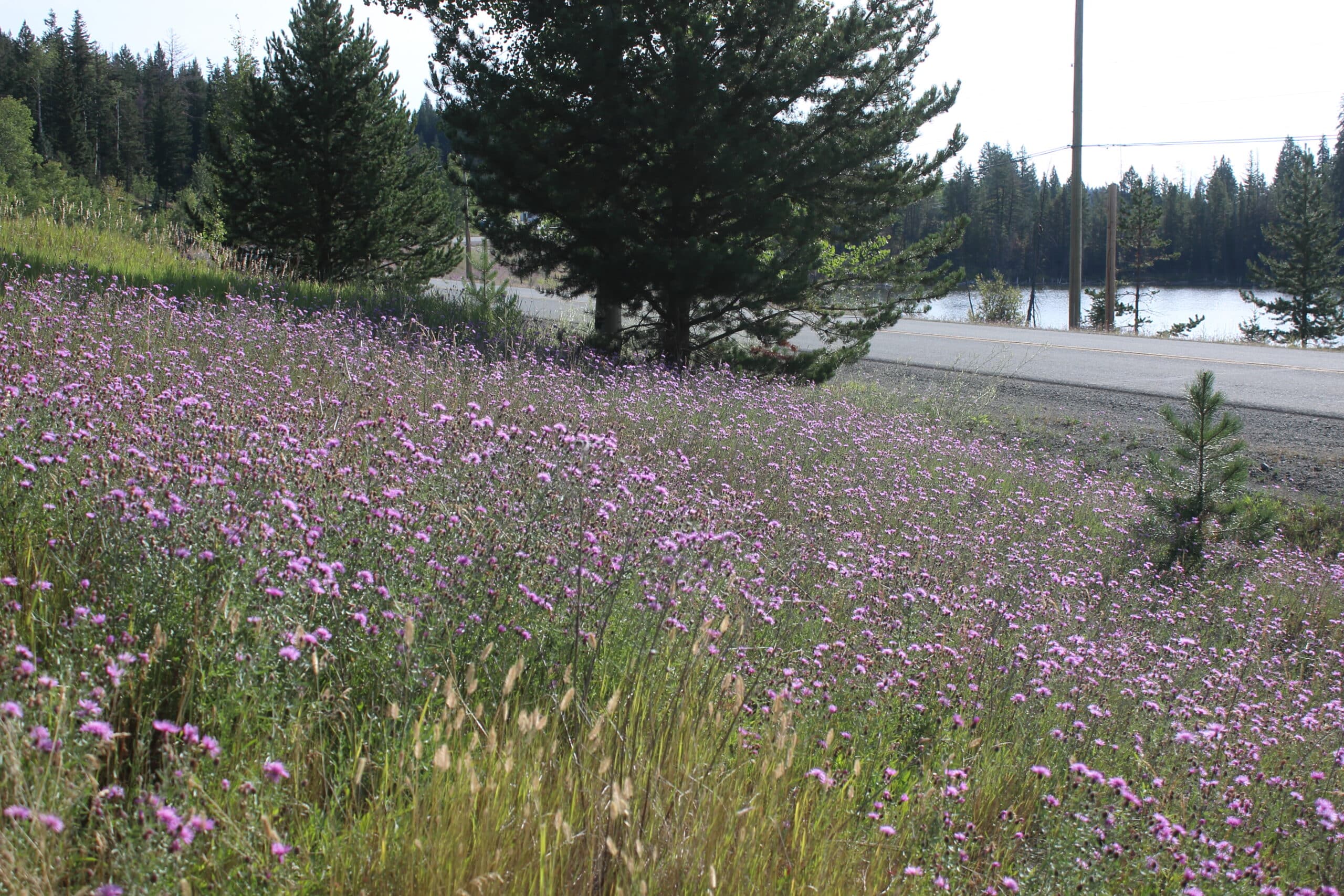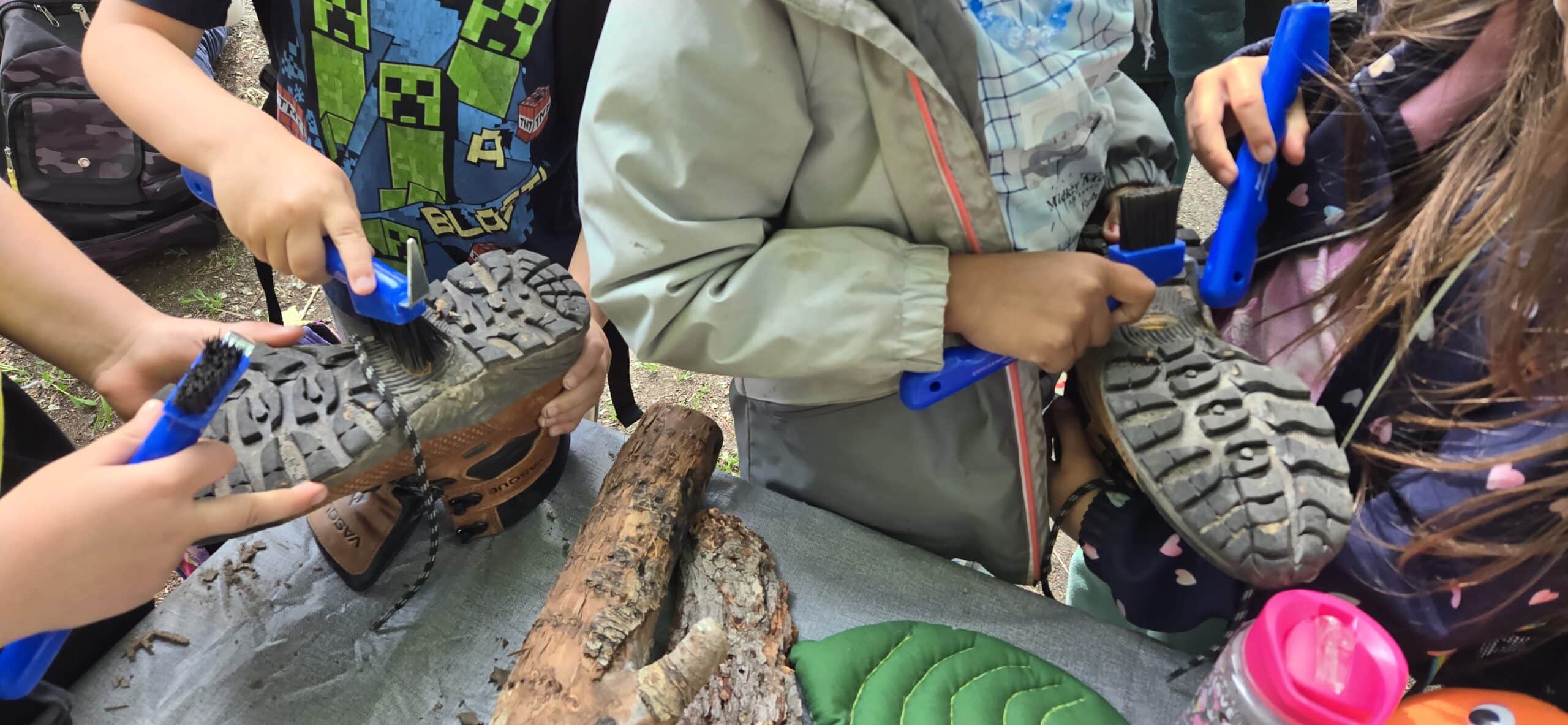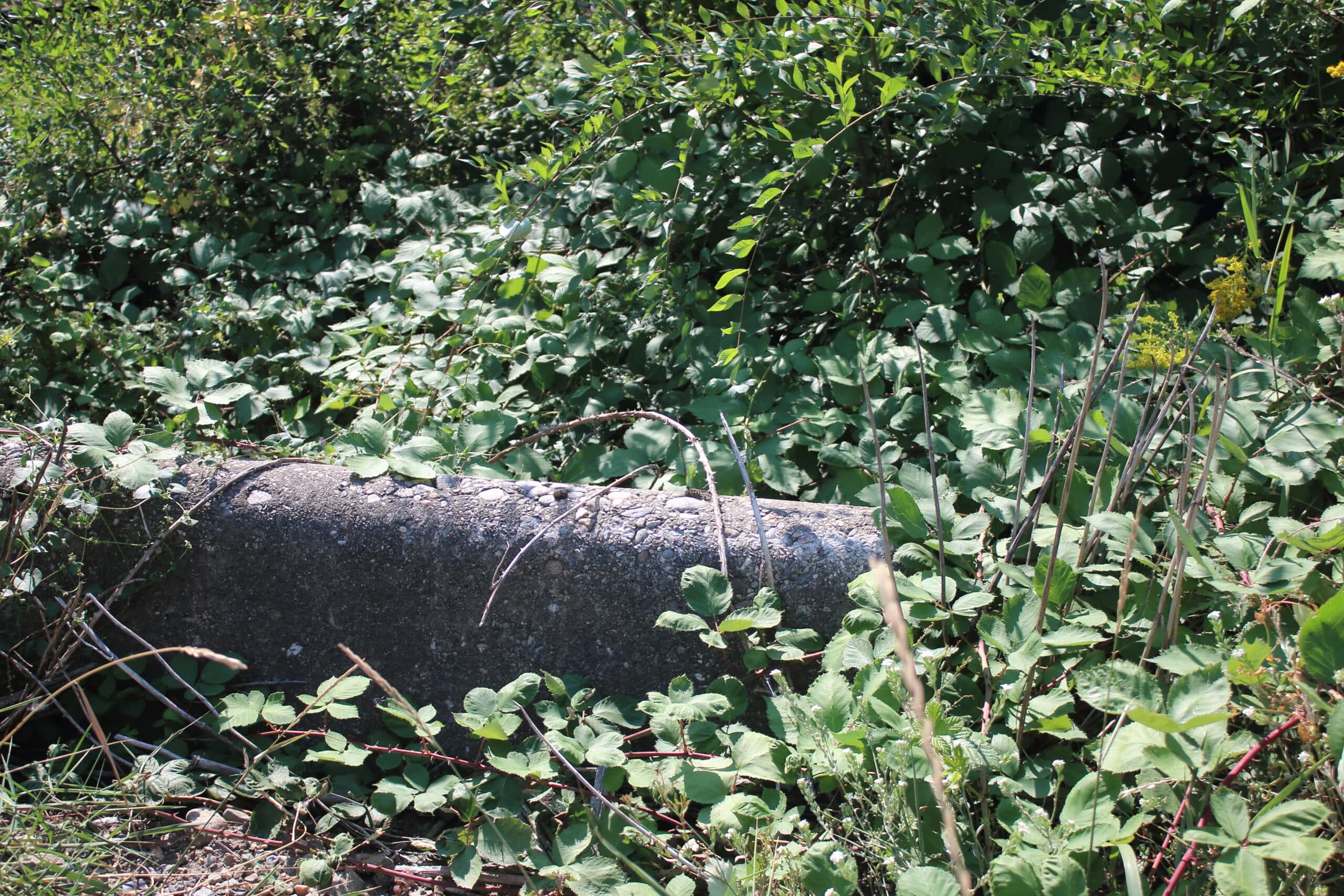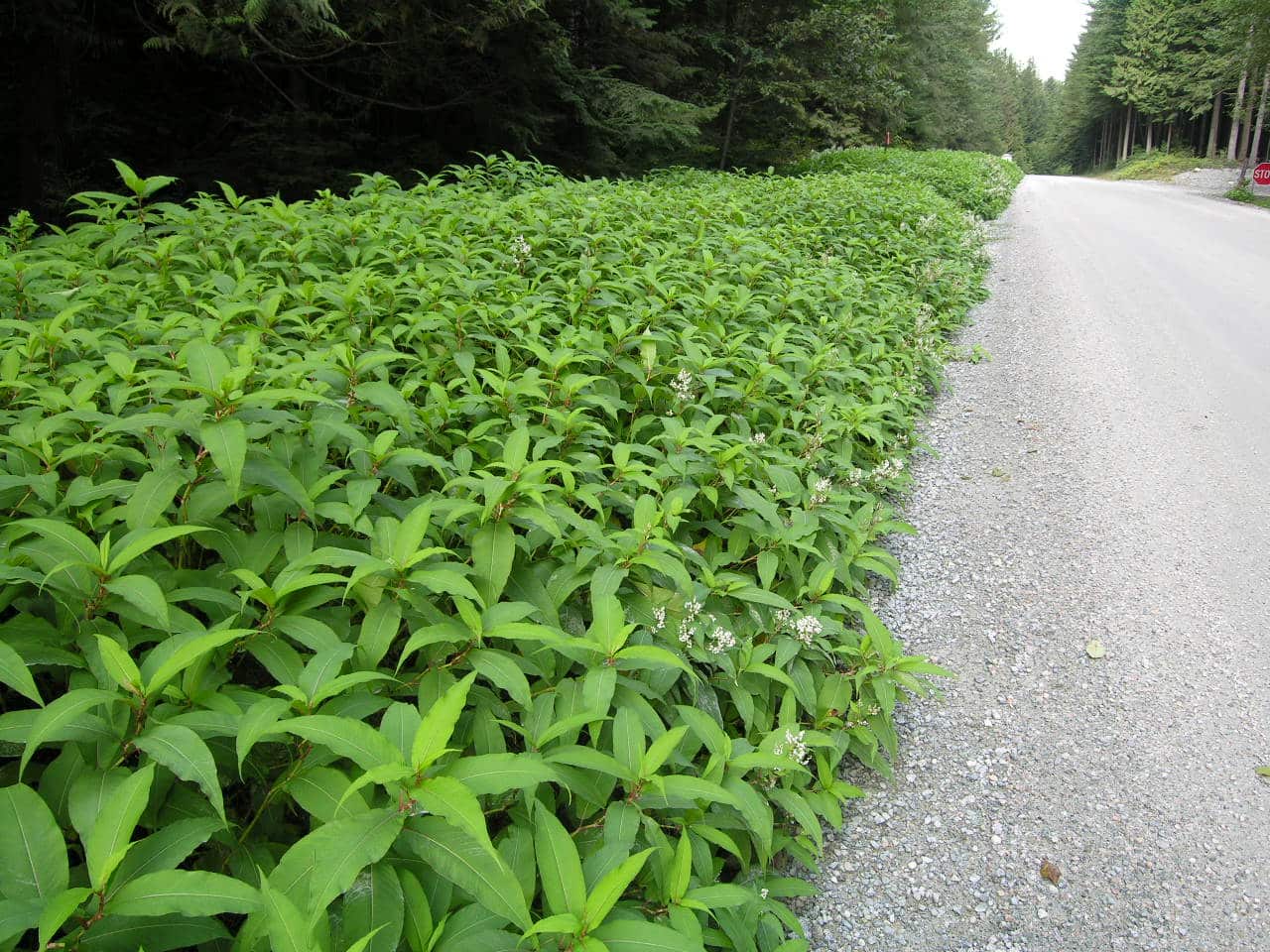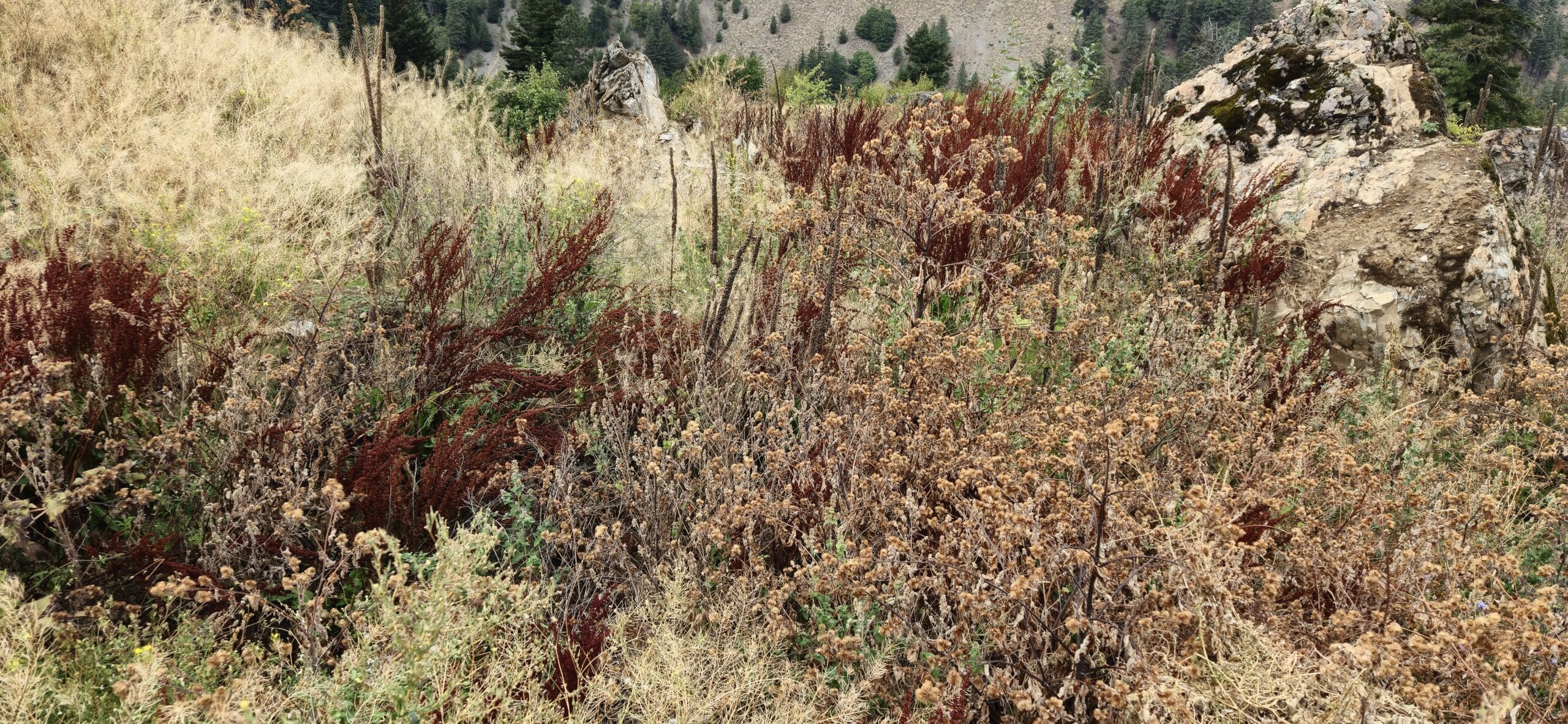By Lisa Houle | August 22, 2024
In a small lake on Vancouver Island, tiny freshwater jellyfish have become a common sight. Discovered far from where they originated, their presence has been the subject of study by researchers from around the world.
Freshwater jellyfish – also known as peach blossom jellyfish – come from the flood areas of the Yangtze River in Southeast Asia. Like other jellyfish, this species uses its tentacles to sting and paralyze small fish. But they are not harmful to humans, even when they show up in large numbers. Some people even enjoy “jelly bathing” amongst them for a unique experience. While these thumbnail-sized jellyfish are a novelty, researchers are still working to understand the impacts of this invasive species on freshwater lakes and local biodiversity in B.C.
This jellyfish is considered invasive and has spread over much of Asia, Europe, South and North America, Australia, and some parts of Africa. In Canada, it was detected in Ontario and Quebec, and then in Killarney Lake on Vancouver Island in 1990. We shared the findings of Florian Lüskow – now a Postdoctoral research fellow – in 2022, who is studying freshwater jellyfish in BC. He started sampling in Killarney Lake in August of 2020 and continued his research for the next three years.
Florian has recently co-authored a new paper with researcher Evgeny A. Pakhomov on these invasive freshwater jellyfish: Spatiotemporal distribution of the non-indigenous peach blossom jellyfish Craspedacusta sowerbii in British Columbia, Canada

“While we already knew that the distribution of freshwater jellyfish is (currently) restricted to southern and southwestern B.C. (including Vancouver Island), we added quite some locations where the species has been reported,” said Florian. “Only male jellyfish have been found in B.C. lakes and they are occurring more often in recent years (after 2012) compared to the 1990s and 2000s. The medusa (jellyfish) stage is only found in B.C. between July and early October. The number of sites is increasing and will likely continue to do so with regional warming.”
In 2022 Florian said the first observation of freshwater jellyfish in B.C. had expanded to more than 30 B.C. lakes. Now, even more locations have been reported.

“The number of sites in B.C. has increased in our 2024 inventory to about three dozen sites on Vancouver Island, the Lower Mainland, and the Sunshine Coast, with few observations elsewhere,” said Florian. “In Canada, reports continue to come in from Ontario, but in recent years, there are fewer reports in Quebec and Manitoba. This is likely related to dwindling observational interest and/or reporting rather than population declines.”
Their research has uncovered information on jellyfish lineage, though how they got here remains a mystery.
“Globally, there are three genetic lineages within this invasive freshwater jellyfish species. The genetic fingerprint of jellyfish we find in B.C. has been found in several other places such as Japan and recently Brazil. The sequence information suggests that they are not only closely related, but identical,” said Florian. “The transportation pathways (vectors) of specimen exchange between local and these distant global regions are still entirely unknown. We have hypotheses on how they species is transported (and established) in foreign places, but there is no proof yet.”

There is always more to learn, and Florian will continue his research.
“In a global review effort led by me with support of colleagues from four continents, we synthesized available information from the beginning of freshwater jellyfish research in 1880 till today. In brief, there aren’t answers to most of our questions – even simple ones like how the medusa or benthic polyp stages react to changes in the physical environment, such as altered pH or oxygen concentration,” said Florian. “There is a lot to learn, and I will continue with the team from UBC to advance our understanding.”
Your observations can help. Florian asks you to carefully observe your recreational areas such as ponds, lakes, and creeks. If you see a freshwater jellyfish, report it: Florian Lüskow at flueskow@eoas.ubc.ca or Evgeny Pakhomov at evgeny.pakhomov@ubc.ca
You can also report your sightings to ISCBC. And please always practice Clean, Drain, Dry when enjoying BC’s waterways.
“Ensuring we don’t move an invasive species like freshwater jellyfish from one waterbody to the next is the best way to stop the spread. Always Clean Drain Dry boats, equipment, anything that has been in one waterbody before moving to the next,” said Nick Wong, Science and Research Manager at ISCBC. “B.C.’s biodiversity is important, and we need to protect it. You never know what is hiding on your gear that could create problems in another waterbody. Clean Drain Dry is a simple practice that makes all the difference.”
Lisa is a Communications and Outreach Coordinator at ISCBC. She values a diverse environment and connecting with others about environmental protection. In her spare time Lisa enjoys spending time at the ocean and beach combing for sea glass. You can reach Lisa at lhoule@bcinvasives.ca
Share


